The Softest Power
The Department of Defense (DOD) established the Commander's Emergency Response Program (CERP) in Afghanistan in 2004. The DOD designed the program to allow military commanders to spend money on reconstruction projects and urgent humanitarian relief. The US military implemented projects in all 34 Afghan provinces, with the most projects completed in Helmand and Kandahar provinces. Between fiscal year (FY) 2004 and FY2014, Congress appropriated $3.7 billion for CERP.
This document contributes four additional project proposals. They aim to demonstrate the value of using landscape architecture as a multidisciplinary framework to organize future CERP type projects. In each case, I pair a new proposal with approved CERP initiatives and exemplary works of landscape architecture, recast within the CERP categories. In so doing, I demonstrate the expert knowledge known to landscape architects and ready to be leveraged for a more concentrated effort to utilize landscape architectural design towards environmental and social improvement through post-conflict reconstruction projects.

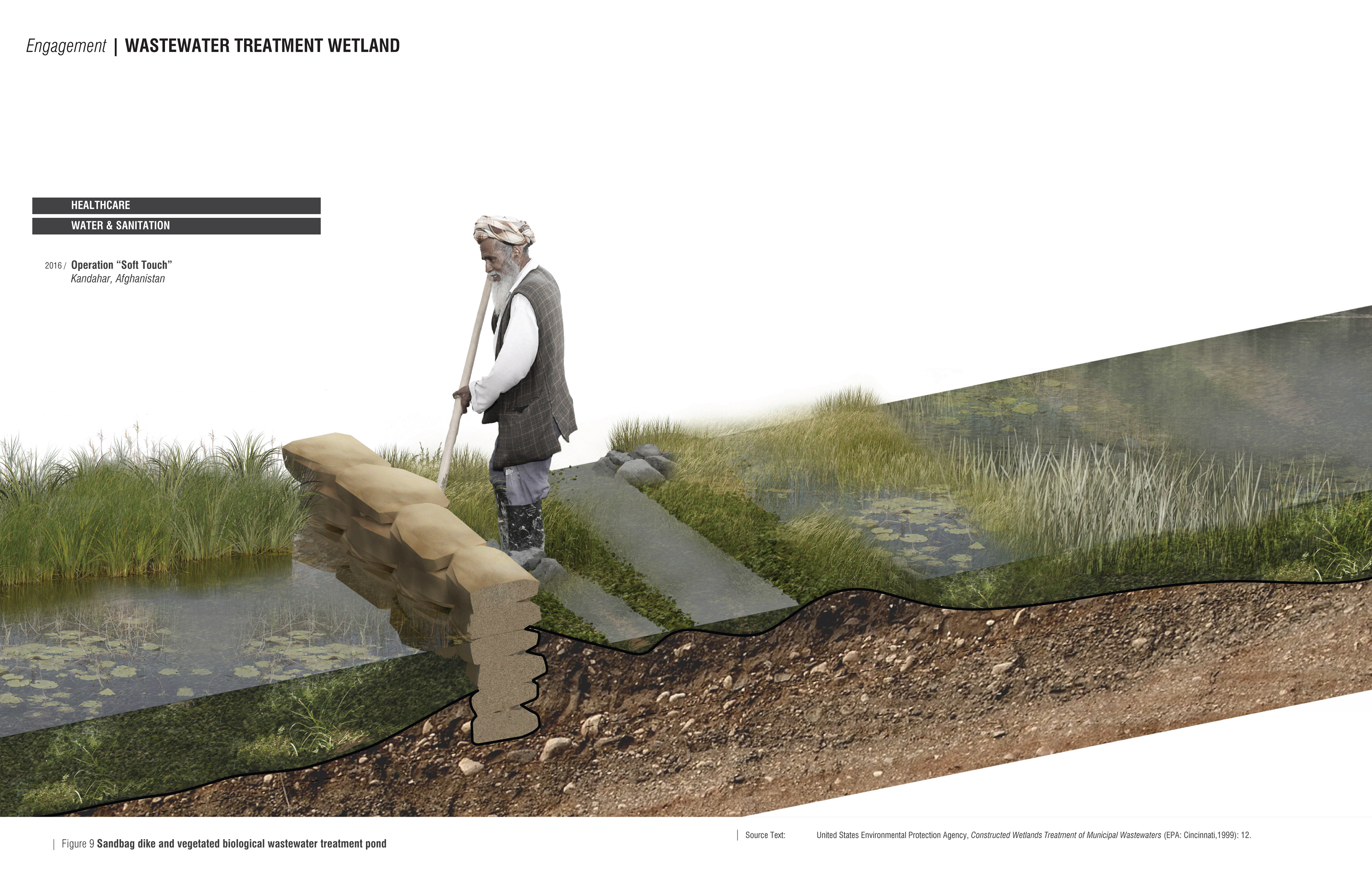
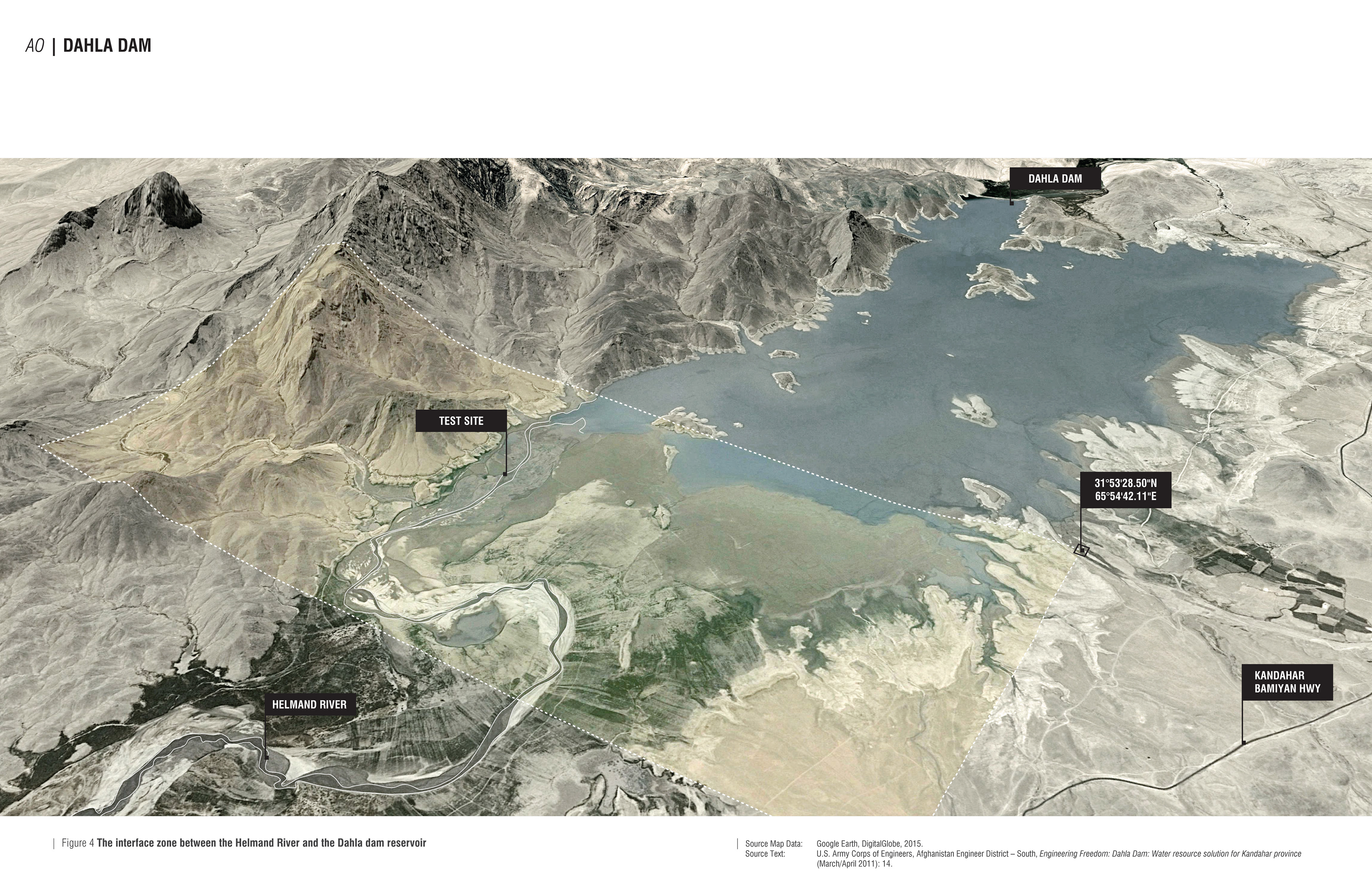
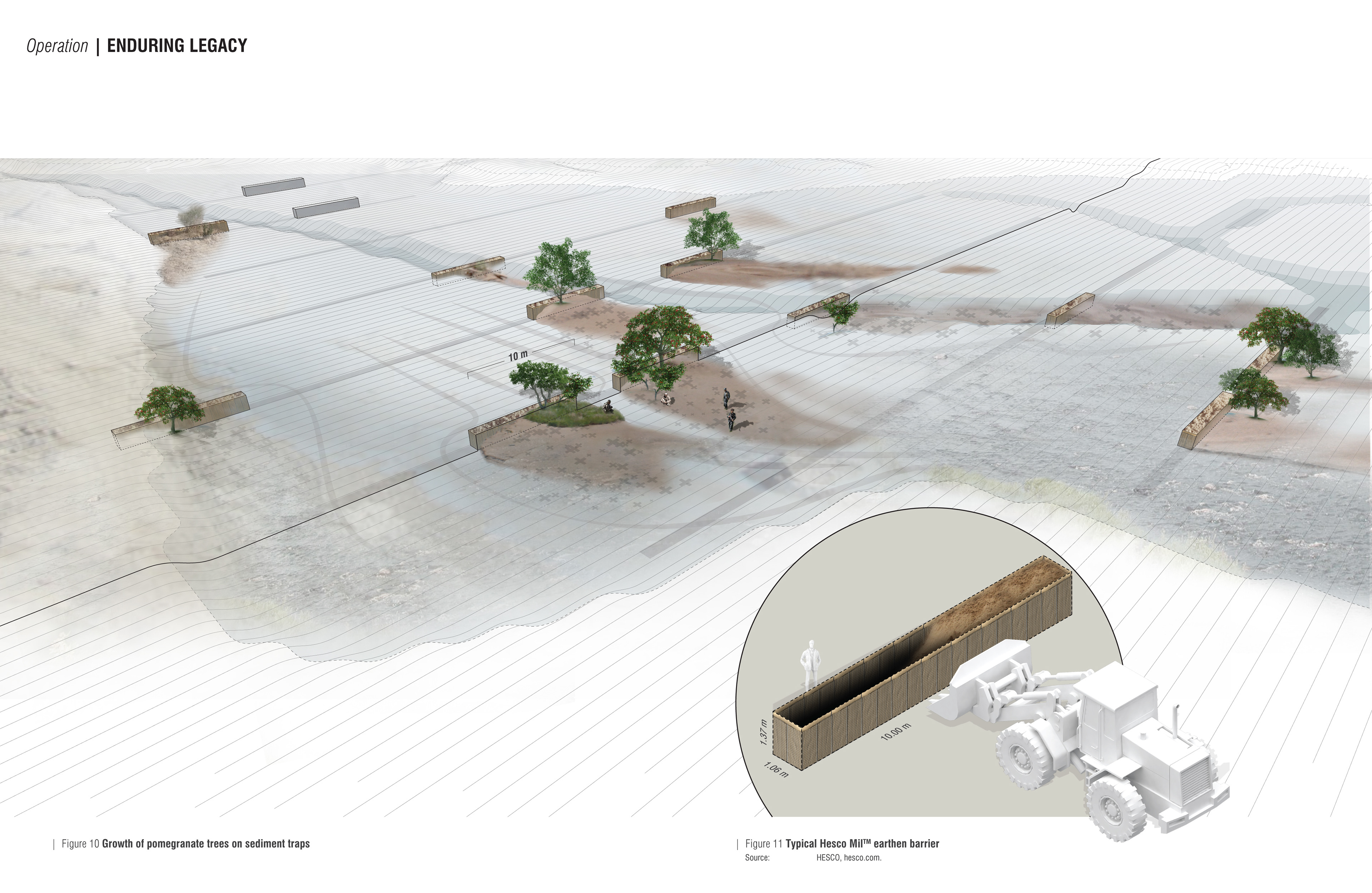

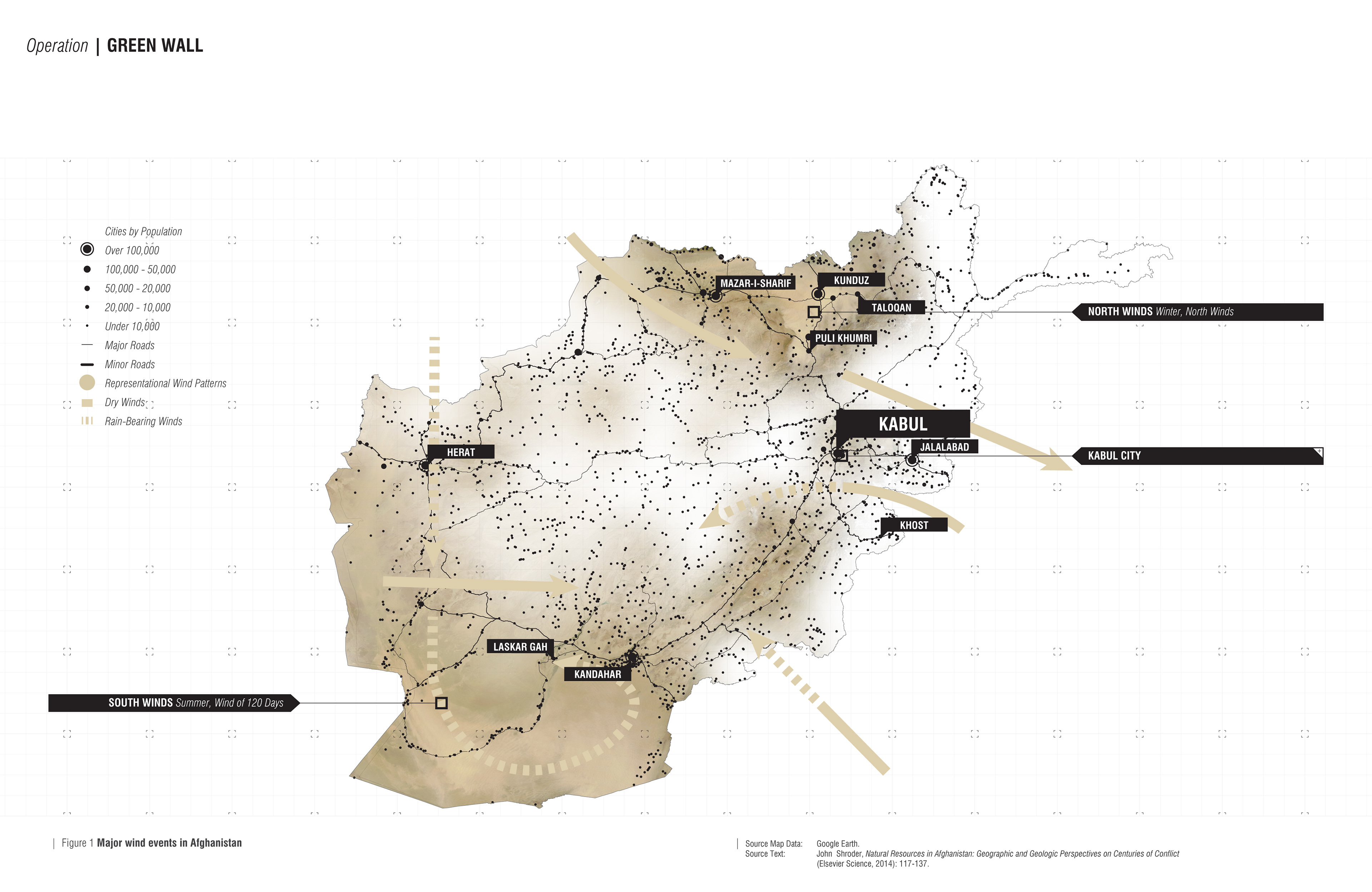
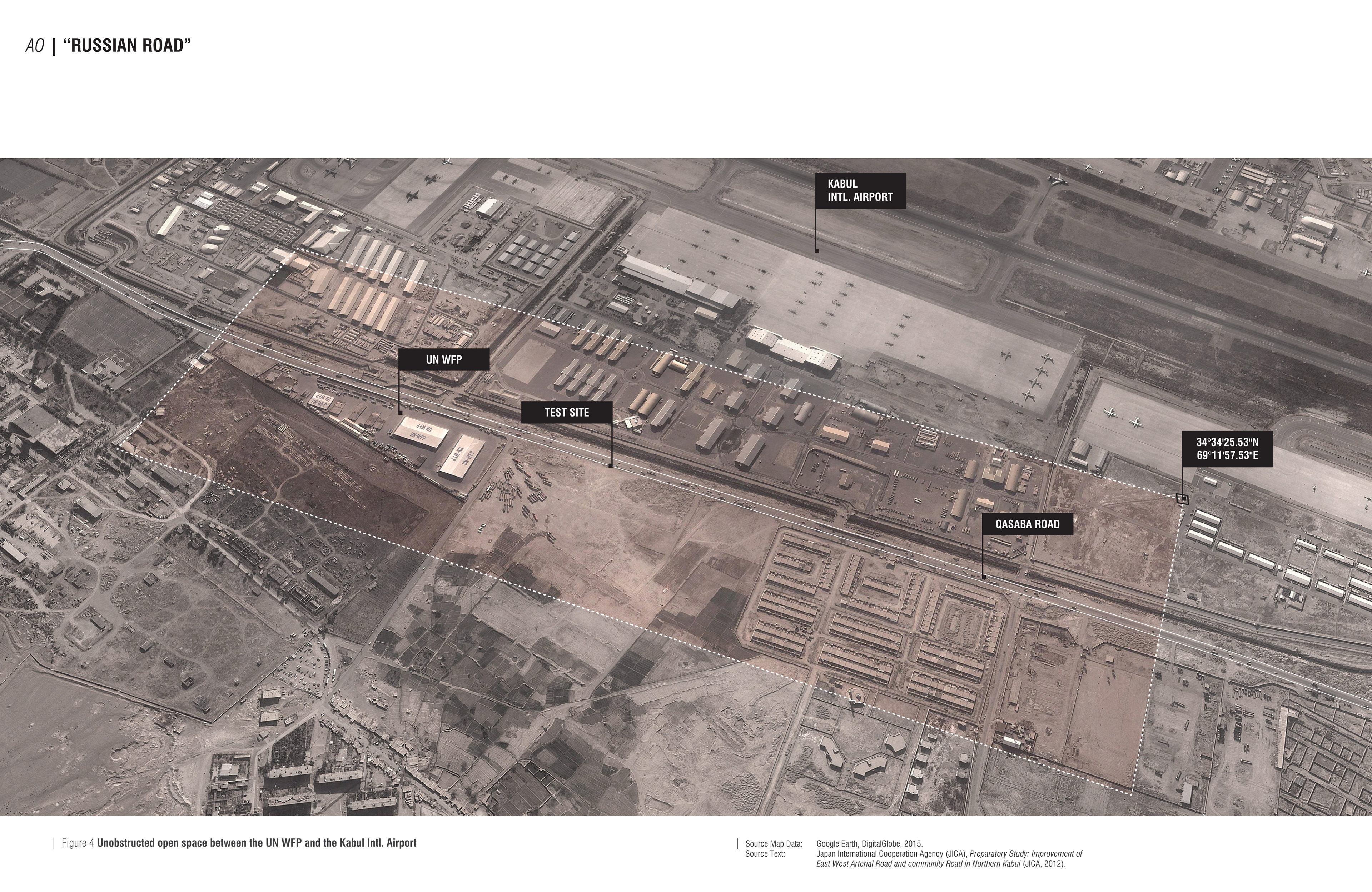
Publication
The Softest Power: Trees in combat
Harvard Design Magazine 45, (2018), 153.
Symposia
The Softest Power
Inaugural Penn Landscape Dialogues, University of Pennsylvania, Stuart Weitzman School of Design, Philadelphia, March 30-31, 2017.
with panelists: Danika Cooper, Michael Ezban, Gideon Fink Shapiro.
Exhibition
The Softest Power
Penn Landscape Dialogues, Meyerson Hall Upper Gallery, University of Pennsylvania, Stuart Weitzman School of Design, Philadelphia, March 30-31, 2017.
Individual work, group exhibition. Curator: Richard Weller, Chris Marcinkoski, and Keith VanDerSys.